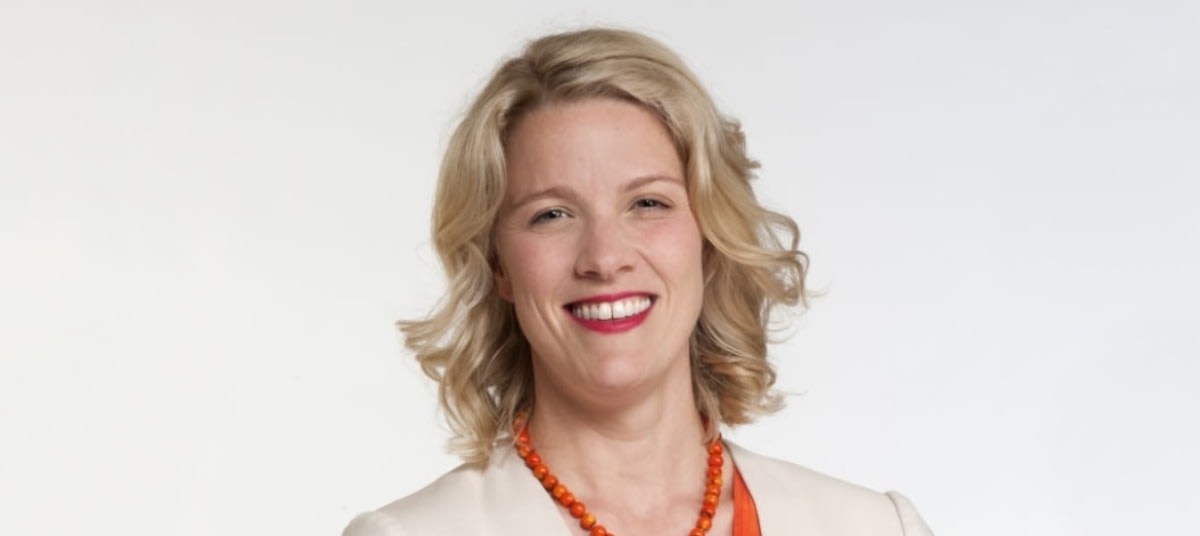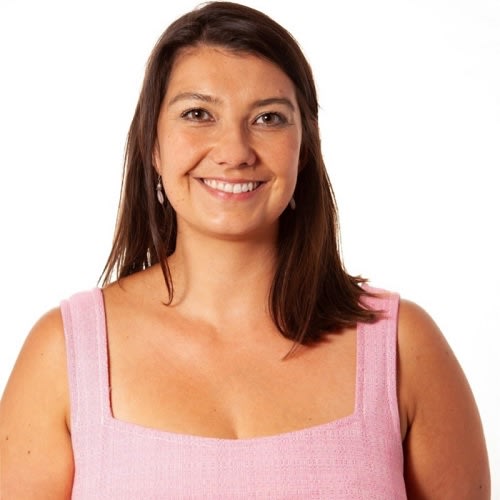
In a bid to help more first home buyers enter market, the government has raised income caps and property price limits for its incoming shared equity Help to Buy scheme.
Ahead of the federal budget being announced tomorrow (25 March), the Albanese government has released new income and property price limits for its incoming Help to Buy scheme in a bid to help more first home buyers enter market.
Help to Buy is expected to open for applications later this year (following registration of the program directions, passage of state legislation, and implementation by Housing Australia).
First announced in 2022, the long-delayed shared equity scheme would see the government contribute up to 40 per cent of the purchase price for new homes or 30 per cent of existing homes for eligible borrowers.
Under Help to Buy, eligible low- to middle-income earners would only need a 2 per cent deposit to qualify for a standard loan with participating lenders and wouldn’t be required to pay lenders mortgage insurance (LMI).
Minister for Housing Clare O’Neil announced on Saturday (22 March) that the government will be raising income caps from $90,000 to $100,000 for individuals and from $120,000 to $160,000 for joint applicants and single parents for the scheme.
Property price caps will also be increased and linked with the average house price – rather than dwelling price – in each state and territory (except NSW capital city and regional centre price caps, which are set lower to ensure purchase prices remain within the borrowing capacity of first home buyers).
New price caps for property purchases vary across Australian regions, with the highest limit set at $1.3 million for NSW capital cities and regional centres and the lowest at $400,000 for Christmas Island and Cocos (Keeling) Islands.
Other major cities have caps ranging from $700,000 in Tasmania to $1 million in Queensland and the ACT, while regional and remote areas generally have lower thresholds.
According to the government, more than 5 million properties now fall under the new property price caps:
New property price caps by region
|
Region |
New price caps |
|
NSW – capital city and regional centre |
$1,300,000* |
|
NSW – other |
$800,000 |
|
Victoria – capital city and regional centre |
$950,000 |
|
Victoria – other |
$650,000 |
|
Queensland – capital city and regional centre |
$1,000,000 |
|
Queensland – other |
$700,000 |
|
Western Australia – capital city |
$850,000 |
|
Western Australia – other |
$600,000 |
|
South Australia – capital city |
$900,000 |
|
South Australia – other |
$500,000 |
|
Tasmania – capital city |
$700,000 |
|
Tasmania – other |
$550,000 |
|
ACT |
$1,000,000 |
|
Northern Territory |
$600,000 |
|
Jervis Bay Territory and Norfolk Island |
$550,000 |
|
Christmas Island and Cocos (Keeling) Islands |
$400,000 |
The government has said it would take “years off the time it takes to save for a deposit” and save first home buyers around $900 per month when buying an existing home and $1,200 per month when buying a new home (based on a $519,000 home and a home loan “on average rates”).
Minister O’Neil said: “I’ve got a pretty straight-forward goal here – to make sure that ordinary, working-class Australians can buy a home of their own. That’s why we’re expanding Help to Buy so that most first home buyers are eligible.”
To support this expansion, the government will increase its equity investment in the Help to Buy program from $5.5 billion to $6.3 billion – an $800 million increase.
Reacting to the news, Homeloanexperts.com.au senior mortgage broker Jonathan Preston said that the scheme “is going to cause a huge bull market”.
Preston said that house prices tend to rise by the same amount as incentives allow, so if $10,000 is added to the scheme, this would push house prices up by $10,000.
“Sydney and Melbourne will be the largest gainers, as they are the most leveraged markets,” he told The Adviser.
“They also are the places where it’s hardest to obtain deposits,” he said, suggesting that the $1.3 million limit for Sydney prices was still “too low”.
“This [scheme] is just pumping the property Ponzi harder and makes it even harder for people to ever own properties 100 per cent, but it’s required because we don’t have the supply.”
While he said that there would likely be “an enormous jump” in prices, particularly in Sydney and Melbourne, it could benefit first home buyers in the near term.
Nevertheless, he said: “The real winners are existing property owners, as usual.
“We are entering a state of major rich-poor divide in Australia and the working poor is becoming a thing.”
Other housing initiatives announced ahead of tomorrow’s budget include:
-
An investment of $54 million in advanced manufacturing of prefabricated and modular home construction.
-
Banning foreign buyers from purchasing existing homes for two years from 1 April 2025 to take pressure off the housing market.
-
Rolling out the first two rounds of the $10 billion Housing Australia Future Fund, helping deliver approximately 18,000 social and affordable homes for those who need them most.
-
Launching a $1 billion fund for crisis and transitional accommodation and investing $6.2 million over three years to support leading homelessness organisations.
[Related: ‘Help to Buy’ bill passes through Parliament]
 Login
Login











JOIN THE DISCUSSION